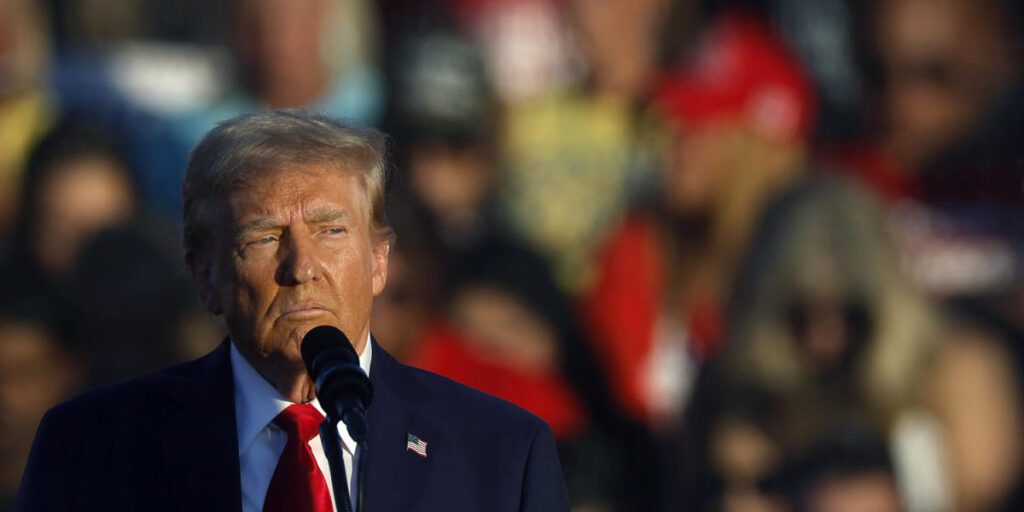Former President Donald Trump’s campaign has formally sought enhanced security measures reminiscent of those granted to a sitting president, following a series of escalating threats against his life. Reports from a source familiar with the matter indicate that Susie Wiles, a co-manager of Trump’s campaign, reached out to White House chief of staff Jeff Zients to request military-grade protections. These measures included armored vehicles, specialized security during flights, and airspace restrictions to ensure Trump’s safety while on the campaign trail. Upon receiving this request, Zients quickly facilitated communication between Wiles and senior officials from the Secret Service and the Department of Homeland Security, emphasizing President Biden’s directive for the highest protection level for Trump.
Wiles subsequently sent a formal letter to acting Secret Service Director Ronald Rowe, echoing the campaign’s concerns about risks to Trump’s safety limiting his campaign activities. The letter reaffirmed the necessity for enhanced security, leading to requests for additional protective resources. Notably, there were also demands for the assignment of special operations forces to safeguard Trump, an assertion that was partially contested by officials who clarified that the call for these forces stemmed from the Secret Service rather than the Trump campaign itself. The heightened security measures come in response to two documented assassination attempts on Trump in the preceding months, which have ignited serious apprehensions regarding his safety while campaigning.
Among the assassination threats faced by Trump was an incident during a rally in Pennsylvania where a shooter was killed and another near his golf course in West Palm Beach, resulting in a necessary evacuation. Intelligence briefings regarding possible assassination plots from Iran further intensified these concerns, which were disclosed by Trump’s campaign representatives. With such threats looming, Trump’s campaign has adapted its strategies to mitigate risks, opting for unpredictability in movement and leveraging additional evasive techniques during events to enhance safety.
In collaboration with the campaign’s security strategies, Rep. Mike Waltz, a supporter of Trump, has advocated for the use of specialized aircraft capable of threat detection and prevention, similar to those used by other high-level officials. The Boeing C-17 and the C-32, currently used by vice presidential and cabinet officials, are potential candidates. However, adapting Trump’s personal aircraft for enhanced security has been seen as less feasible given the imminent election timeline, adding another layer of urgency to the security discussions.
Despite ongoing communications and requests for specialized support, reports have indicated a lack of action on these requests. The Secret Service, countering perceptions of inadequate security measures, asserted that they have bolstered their capabilities significantly since the attempted assassination in July. Their spokesperson reiterated that Trump is afforded the best possible protection, with advanced technological resources being deployed—including unmanned aerial vehicles and other counter-surveillance systems—underscoring their commitment to ensure the former president’s safety.
In line with these efforts, the Department of Defense has also provided support to the Secret Service for the protection of presidential candidates. This assistance includes various expert technologies to thwart different types of threats. Nonetheless, military involvement in domestic protective measures faces scrutiny under federal law, which complicates the provision of additional resources. As such, while requests for heightened security continue, both the Pentagon and Secret Service emphasize adherence to legal restrictions while ensuring comprehensive safety for candidates like Trump in this charged political climate, maintaining that he receives protection commensurate with that of President Biden.

